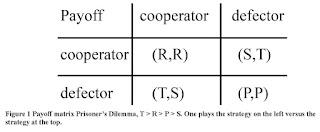Ábalos, Iñaki: La belleza en el siglo XXI
Ábalos, Iñaki: La belleza en el siglo XXI, en Gausa, Manuel; Devesa, Ricardo (Eds.) (2010): Otra Mirada posiciones contra crónicas. La acción crítica como reactivo en la arquitectura española reciente, Gustavo Gili (págs. 171-175) 171 En la arquitectura contemporánea, aunque no sólo en ella, asistimos a la construcción simultánea de nuevos modelos estéticos, muchos de ellos revisión de los heredados de la modernidad, otros dependientes de los sistemas contemporáneos de pensamiento, otros provenientes de la fascinación por la neomáquina y por la cultura de masas o derivados de los fenómenos sociales y políticos que componen sistemas contradictorios, influidos a menudo por una nostalgia compulsiva del pasado o del futuro. Quizá uno de los factores que introducen más confusión sea que, víctimas aún del puritanismo moderno, muchos son incapaces de articular sus propuestas como lo que son, como puras proyecciones de un modelo estético y ético. Sin embargo, parece más productivo estudiar
